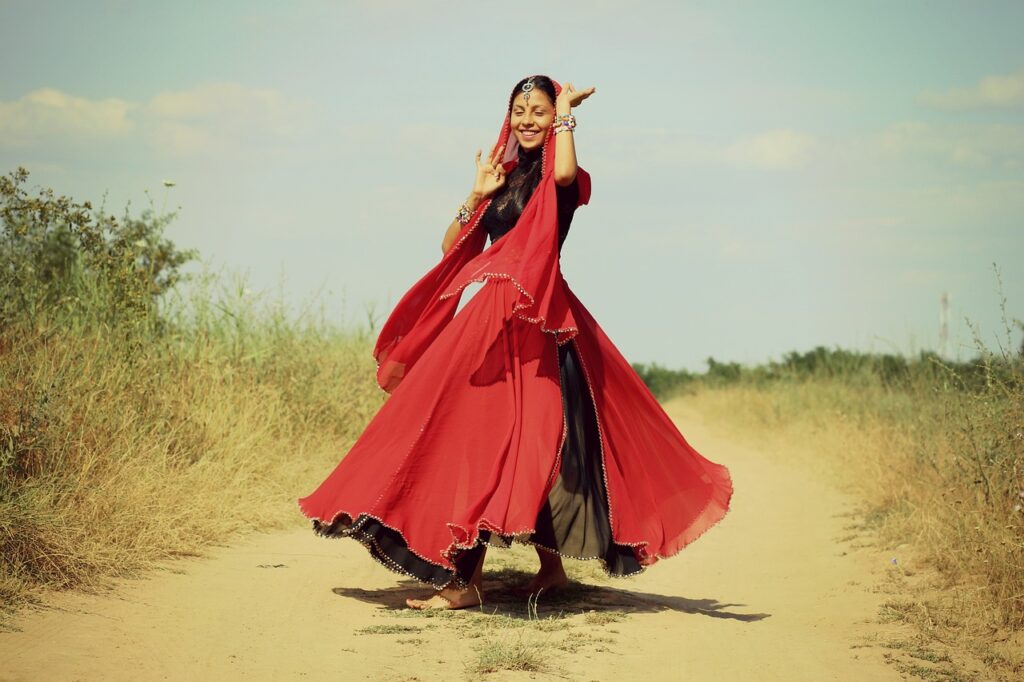Who Is the Black Girl Off of Polar Express?
The character—never named in the film (or the original book)—is known simply as “Hero Girl” in the credits. She’s voiced by Nona Gaye and is among the core group of children whisked away on the mysterious train to the North Pole. The black girl off of Polar Express stands out for more than her skin tone: she’s kind, brave, and naturally steps forward as a leader, shaping the children’s decisions and their journey.
Why Her Representation Matters
Children’s films, especially those as widely seen as The Polar Express, carry the weight of role modeling and inclusion. For African American children, and especially girls, finding characters who look like them—and who are not mere sidekicks or comic relief—is too rare.
The black girl off of Polar Express:
Is given agency; she takes initiative, calms fears, and thinks strategically (notably in the train car scene and on the ice). Partners with the main character (“Hero Boy”) on key moments. Hers is not a story of waiting to be helped, but helping move the story forward. Receives closeups, dialogue, and emotional moments—making her presence unequivocally central, not tokenized.
Key Scenes and Leadership
From the moment she boards the train, the black girl off of Polar Express is a steadying influence:
She advocates for the lonely boy (“Billy”) when others hesitate, reflecting empathy and inclusion. At critical moments—like when the train is about to cross the frozen lake—she listens, collaborates, and often comes up with the best plan. Her courage to face challenges and speak up for the values of belief and friendship becomes a quiet engine driving the movie’s emotional arc.
Style, Animation, and Cultural Impact
Her appearance is notable not only for representation but for care in animation. Her natural hair is styled in pigtails—accurate, respectful, and rare for major motion pictures at the time. Her jacket, hat, and sense of presence stand out in every group shot, supporting a confident, selfassured character. For many, the black girl off of Polar Express was the first time they saw a black child at the center of a holiday epic.
Reception and Legacy
Fans have long praised the film for including the black girl off of Polar Express. On online forums, social media, and in letters to publications, viewers explain how this character’s composure and warmth have made her a recurring favorite at every family viewing.
Teachers and parents use her character to prompt discussions about empathy, teamwork, and believing in oneself. Children’s toy lines and fan art consistently feature her, long after other characters fade in pop culture memory. Students sometimes choose her as a favorite when asked about memorable figures in holiday movies.
Discussions and Critiques
Some viewers wish for more development or even a real name—she’s still “Hero Girl” in credits and merchandise. Yet, even without this, her prominence and depth set her far apart from many earlier animated films.
The character’s strength is especially marked in a genre where, even today, girls—especially girls of color—are seldom given primary, agentive roles. The black girl off of Polar Express establishes the expectation for better, richer representation.
What She Symbolizes
For African American families, and for any child who’s ever felt “outside” the main story, the black girl off of Polar Express becomes a symbol:
You belong in the story. Leadership isn’t exclusive. The journey—the literal and the magical—is for everyone.
She doesn’t exist to be “rescued,” but to offer solutions.
The Future of Representation in Animation
The success and resonance of characters like the black girl off of Polar Express pave the way for the next generation of movies:
More lead and ensemble roles featuring black and brown children in noncaricature, thoughtful depictions. Writers and animators investing in diverse stories, names, and backstories. Audiences demanding main characters, not just “included” characters.
Final Thoughts
The black girl off of Polar Express is more than a passenger—she’s a leader in a story that could have easily left her on the platform. Her animation, dialogue, and crucial actions model what true inclusion in family media looks like. For girls watching every year, she shows that magic, bravery, and friendship need no qualifiers. Representation, handled with care and discipline, turns background characters into touchstones—and makes the magic of belief belong to every child in every home, every December.
